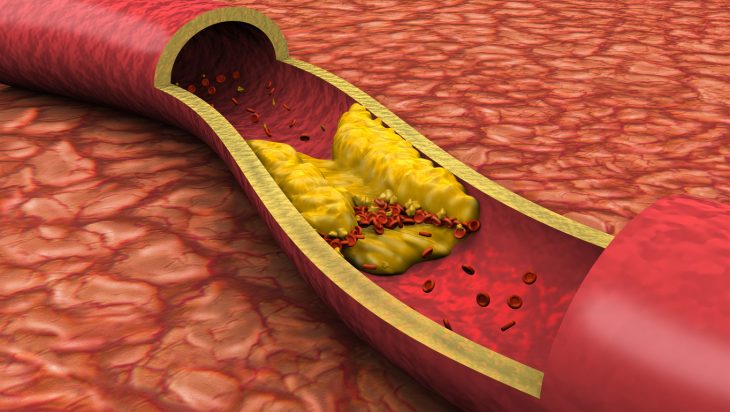
What most influences your cholesterol levels? Fat? Cholesterol? It’s challenging to know what to look for on food labels. If you think you are making a good choice because the package “contains no cholesterol,” the food companies have succeeded in distracting you from the two culprits: saturated fat and trans-fat.
Experts report that there isn’t enough evidence to recommend an ‘upper limit’ of cholesterol (in foods) that we should consume. But the American College of Cardiology/American Heart Association’s most updated guidelines for reducing heart disease risk tell us which fat is dangerous: trans-fat. This fat raises LDL (the “bad” cholesterol) and lowers HDL (the “good” cholesterol) in our blood (the AHA website explains these terms). Some think of it this way: LDL is Lousy; HDL is Healthy. Saturated fat is another unhealthy choice, because eating it causes the liver to send cholesterol into the bloodstream, causing a build-up or plaque inside our arteries.
Saturated fats
For optimal heart health, eat less saturated fat and as little trans-fat as possible. Saturated fat is found in foods that come from animals and some plants. Saturated fats are found in high amounts in fatty cuts of meat, poultry with skin, whole-milk dairy foods, butter, lard, and coconut and palm oils. But wait: Isn’t coconut oil a “health food?” Why does this blog post say that we should limit it in our diet? There is a lot of buzz about the health benefits of coconut products. The reality is that coconut oil is a highly saturated oil and therefore will raise your blood cholesterol. If you like to eat coconut, make it an occasional treat rather than using it as an everyday cooking ingredient.
Trans fats
Limit intake of trans fats to very little or none. Trans fats are found in high amounts in foods made with partially hydrogenated oils, such as some desserts, microwave popcorn, frozen pizza, stick margarines, and coffee creamers. You may be thinking: Didn’t our government recently ban trans-fat from food products? Well, because of that law, the Nutrition Facts Label on any package will state: trans-fat: 0 grams. Unfortunately, that doesn’t always mean zero grams, because the FDA (writer of the Food Label law) says “The Nutrition Facts Label can state 0 g of trans fat if the food product contains less than 0.5 g of trans fat per serving”. So, the more servings you eat, the more trans-fat you could be consuming in many processed foods. A summary of food sources of healthy vs. unhealthy fats can be found here.
Your VA dietitian can help you with lifestyle changes to lower your cholesterol and your risk for heart disease. He or she can really help clear the confusion. Call your VA and request a visit with a Registered Dietitian today!





